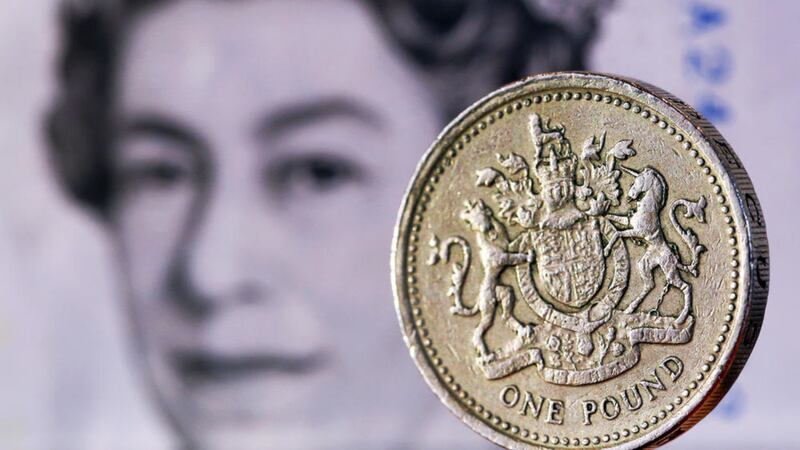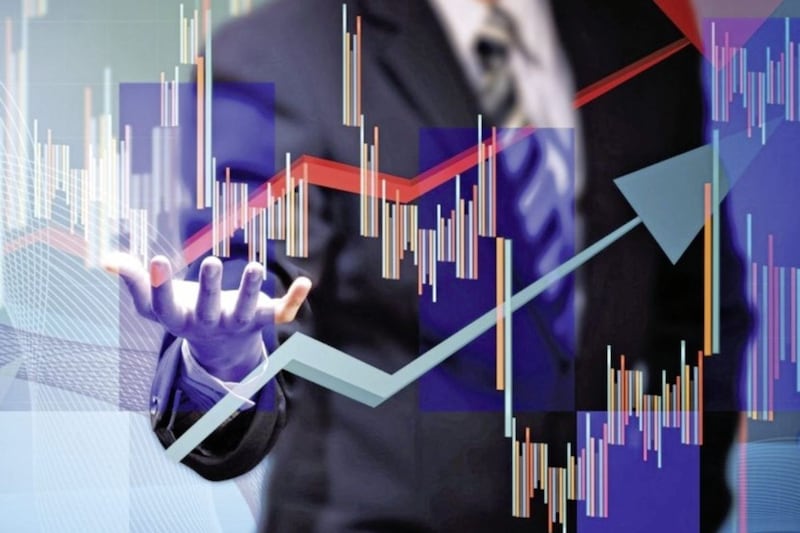THE most immediate impact of the UK’s vote to leave the EU was sterling’s downward slide, and when the result was announced it literally fell off a cliff against the dollar in particular and, to a lesser extent, the euro.
And in recent days the pound has once again seen tumultuous conditions when, after the 'flash crash' on October 7 it fell from $1.26 to $1.18 in a matter of minutes and even traded below $1.14 at one point.
This all happened when the Asian market was trading and when sterling liquidity is likely to be thinnest. Weakness in currency is an indication of international investors’ confidence in its government’s policies.So the last few weeks has not been a ringing endorsement of the way we are heading (the only major currency to perform worse than sterling this year has been the Nigerian naira).
The sudden plunge has been widely blamed on computer trading or 'algorithms' which result in automatic trades when an asset’s price falls below a certain level. But the fact that sterling has struggled to recover since this dramatic movement indicates that there is more at work here.
Firstly, this happened during the Conservative party conference, when the advent of a hard Brexit appeared to become more likely – an unappealing prospect globally.
Secondly, it seems almost inevitable that volatility in sterling will rise due to the scale of the uncertainty.
And finally, it should be noted that markets are not as liquid as they used to be, largely as a result of the tighter banking regulations after the crisis in 2007
In terms of global confidence, the UK is clearly in negative territory. However, the FTSE 100 surged ahead at the same time, benefitting from the high level of dollar earnings in many of the largest companies. It once more scaled the heights of 7000, reinforcing the fact that stock markets love currency devaluations, although on a note of caution, in dollar terms the FTSE 100 is down over the year.
Clearly other beneficiaries of sterling’s decline are exporters, although manufacturing accounts for a much smaller proportion of the UK’s output than used to be the case, now in the region of 11 per cent compared with the services sector which accounts for about 78 per cent.
Tourists coming to the UK are also benefitting, hence tourist related attractions will also gain as will other parts of the leisure industry such as restaurants and hotels. So it is not all bad news.
The way ahead is far from clear; obviously the biggest uncertainty for the UK economy is what form Brexit will take and until a clearer picture emerges we are likely to see more volatility. In addition, we face the imminent US Presidential election, with the two most unpopular candidates for many years. The prospect of further interest rate rises in the US will further impact on the pound.
In terms of the euro, here too, there is uncertainty, with many elections and referendums approaching. Given all of this it seems likely that the dollar will continue to be the safe haven currency for some time to come barring an unexpected outcome on November 8.
:: Cathy Dixon is a director at the Belfast office of Cunningham Coates Stockbrokers, which is a trading name of Smith & Williamson Investment Management (SWIM). This article does not constitute a recommendation to buy or sell investments and the value of any shares may fall as well as rise. Investments carry risk and investors may not receive back the amount invested. The views expressed are those of the author and not necessarily of SWIM.








